028. 2008 Web 2.0 Expo, Where M&A Talks Continue
by Richard MacManusAt the Web 2.0 Expo in April 2008, I meet my ReadWriteWeb colleagues Marshall and Josh for the first time. Also, I sit down with CMP to discuss a possible acquisition.
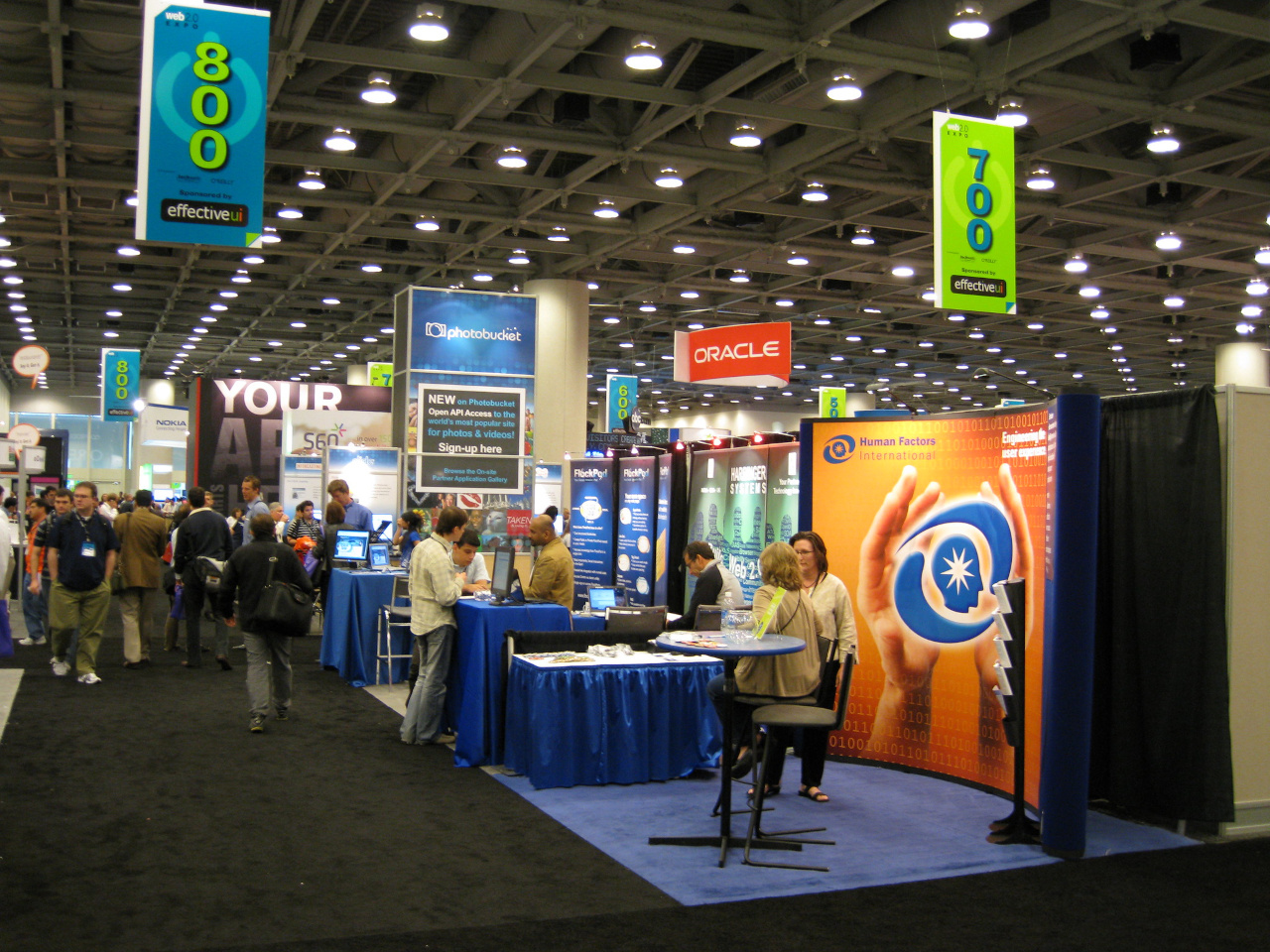
On the opening morning of the Web 2.0 Expo, I met Marshall Kirkpatrick for the first time in the press room, on the third floor of the Moscone Center. He was a big-boned guy, a couple of inches taller than me, with brown hair and well-trimmed beard. He looked young, an impression further emphasized by the olive-green-and-white sweatshirt he wore over blue jeans and sneakers. As we shook hands, I noticed that his blue eyes looked nervous behind his small, red-rimmed rectangular glasses. But it wasn’t the anxiety of someone who was uncomfortable in their own skin (which was generally the case with me); rather, it was about his surroundings. He didn’t seem to enjoy the formal setting of a corporate press room.
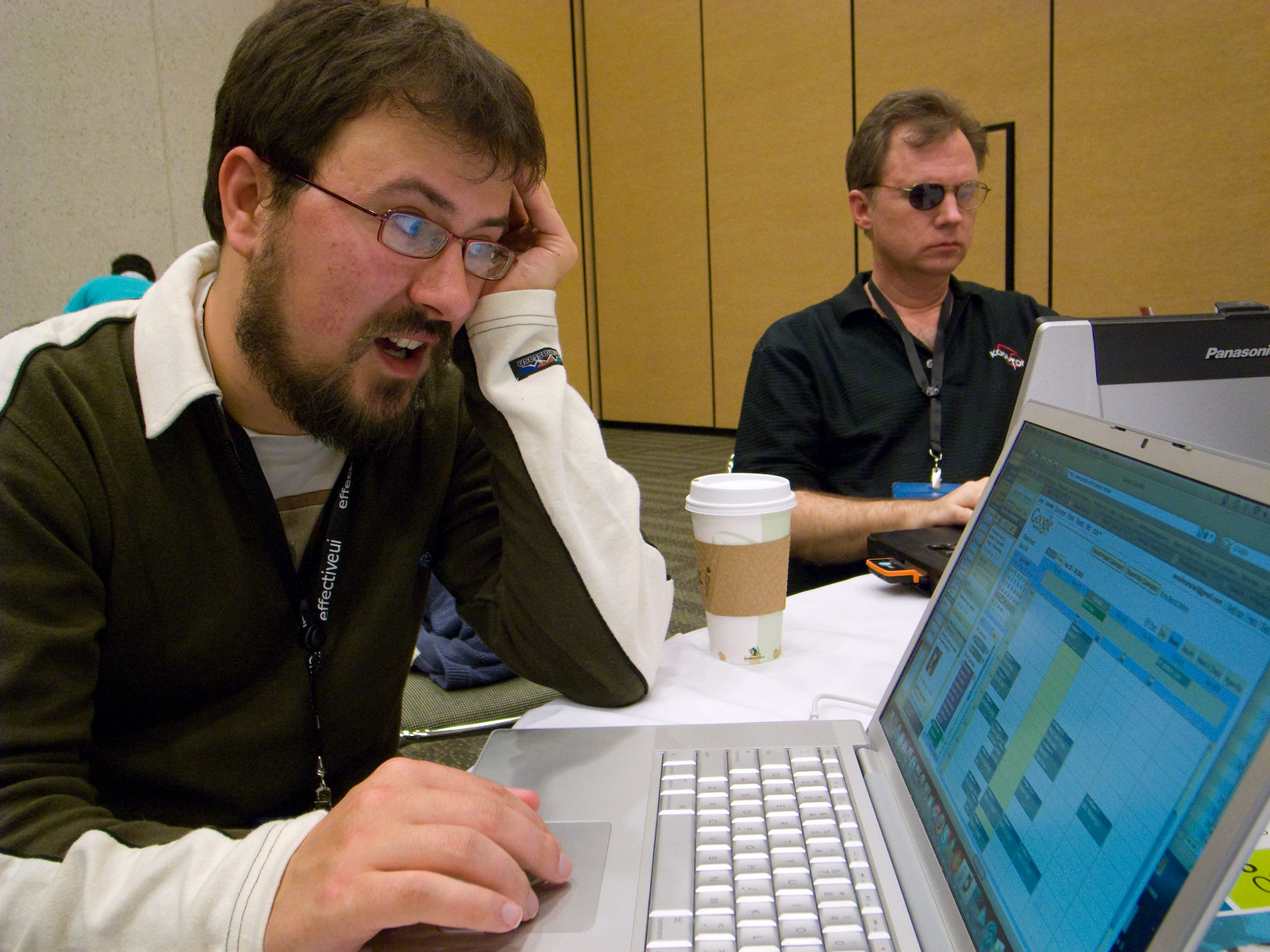
Marshall at Web 2.0 Expo, with Charles Knight from RWW network blog, AltSearchEngines. Photo by Scott Beale / Laughing Squid.
As I got to know him more, I discovered that Marshall was very much a native of Oregon. He lived in Portland, a small city renowned for its Keep Portland Weird slogan. I’d not yet visited the “bridge city” (another term that suggested a city that wasn’t your ordinary urban center), but it soon became clear that Marshall would never move to the big smoke of San Francisco. He was almost the polar opposite of, say, Mike Arrington or Om Malik, for whom the big city was a necessary conduit for their insider networking. Even Pete Cashmore had decided he needed to emulate Arrington and Malik, rather than stay put in the UK. But Marshall, I knew shortly after I met him, would always live in Portland—not so much a Silicon Valley outsider as someone who wanted to deploy his talents on his own terms.
The self-assurance I’d noticed in Marshall from our first email interactions became even more evident as the conference progressed. On Wednesday he published an excellent report on APIs and developer platforms that quoted and summarized the thoughts of people he’d spoken to at the event. He appeared to be at ease wandering the conference venue and chatting to people about web technology. He also used quotes from people he’d surveyed on Twitter.
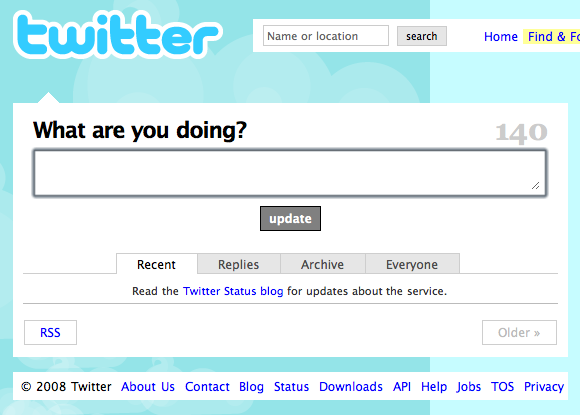
A simpler time: Twitter in 2008. Image by Bruce Elgort.
At the time I was using Twitter somewhat reluctantly—I’d had my first interaction with a troll the week before I flew to San Francisco, and I didn’t like it. But Marshall had taken to Twitter like a duck to water; he used it effectively as both a professional research tool and a kind of ongoing diary (“I’m on 3rd floor in press room, trying to feed the hungry blog,” he tweeted the day I met him). He told me during the conference that I needed to use Twitter more often and extolled its virtues as a journalistic tool. I knew he was right, and I did use it that trip to gather crowdsourced questions for an upcoming interview with Sun CEO Jonathan Schwartz. But I couldn’t bring myself to use Twitter as an online diary. The fact that I was having secret discussions with two potential acquirers may’ve had something to do with that.
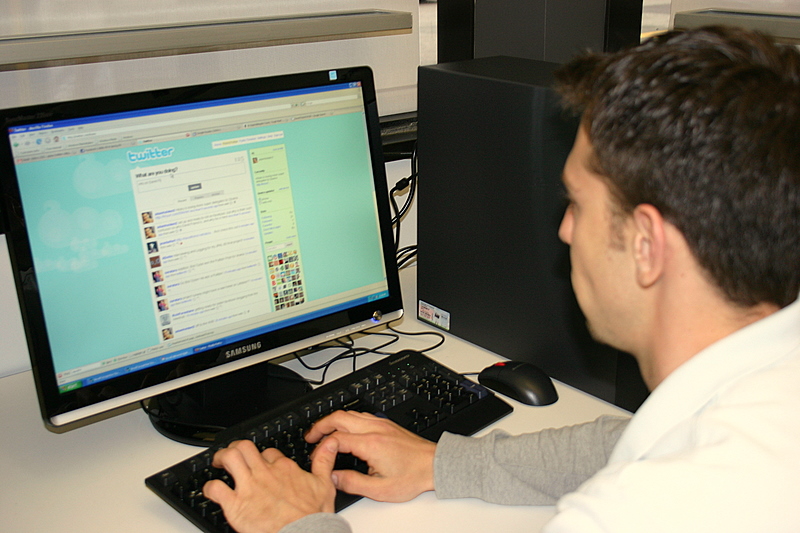
A student using Twitter in April 2008; photo by amandarenei.
That afternoon at the conference, Bob Evans (whom I’d met for the first time the night before) took me to meet Tony Uphoff, now CEO of the newly formed TechWeb division of UBM, and Fritz Nelson, who had been the point person in our negotiations so far. Tony was a very tall man, with a long, clean-shaven face and reddish-blond hair. He was probably in his early fifties, but with his full head of hair and lean frame, he looked a bit younger. He wore a crisp-looking business suit, which was more formal than what I was used to in the valley—it made me feel underdressed in my ordinary dress shirt and jeans. Fritz was more in the Silicon Valley mold of blazer and slacks. He had a tanned, smiling face and looked to be in his early forties.
We found a private table. The first thing Tony said to me was that “London” (the UBM head office) had come back to him and wanted to lower the front end of the deal and put more on the earn-out. I didn’t know how to respond, but I knew this would immediately make ZDE’s offer more attractive, since they had offered $2 million upfront. I asked Tony what figures they now had in mind, but he said he didn’t have any further details—the implication being that the terms of the deal were out of his hands.
Fritz jumped in and promised to get their head office to commit to an LOI (letter of intent) in the next day or two. Bob suggested he set up a lunch tomorrow for us to discuss more. Feeling a little deflated, I agreed, wondering if CMP was trying to back out of the deal.
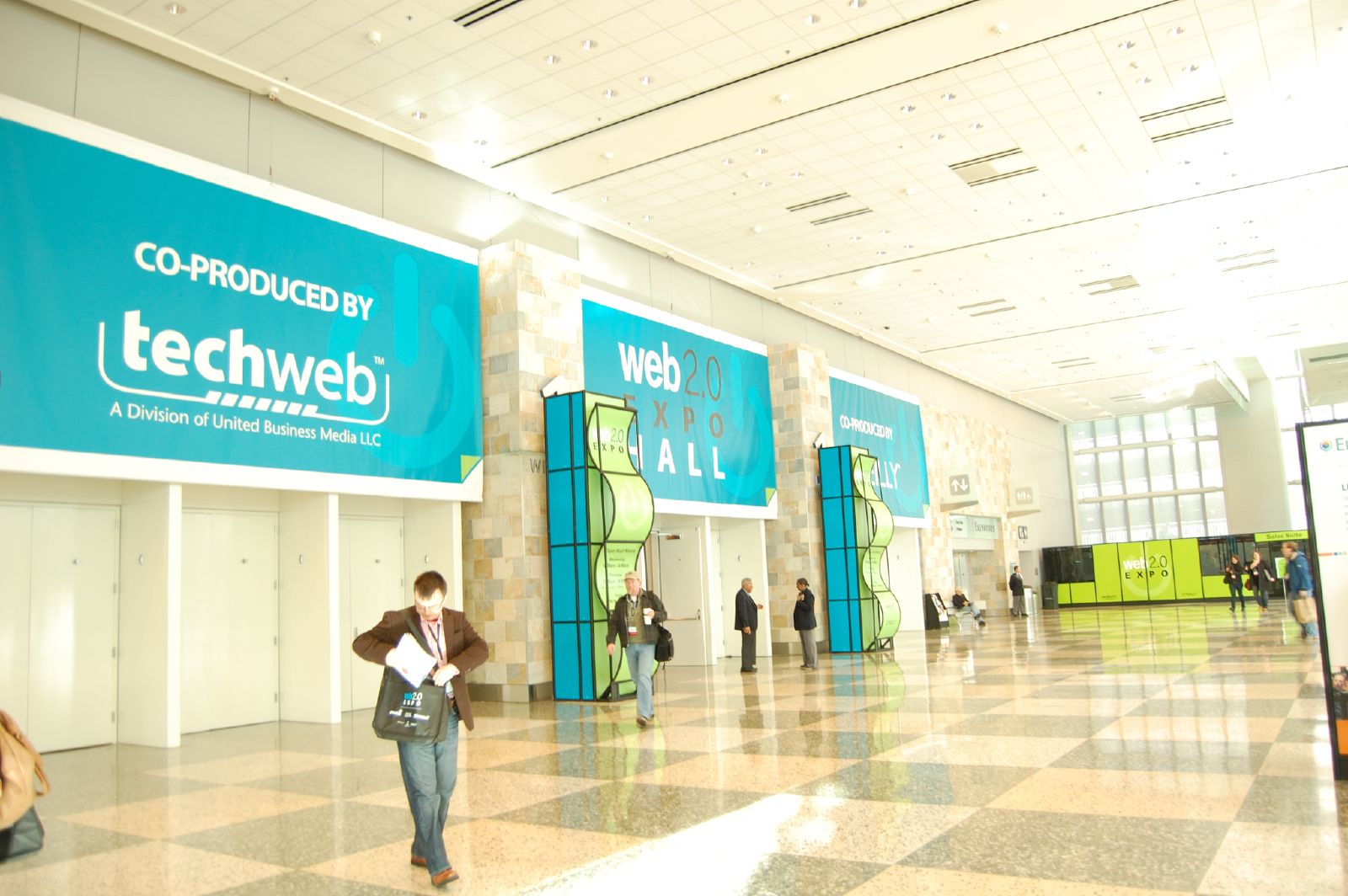
A TechWeb banner at Web 2.0 Expo; this was the kind of publicity I was hoping to benefit from if CMP acquired RWW. Photo by JF10.
I then rushed off for a press event at Microsoft’s San Francisco office on Market Street. I’d be meeting Josh Catone there—another first chance to put a face to the name. Josh, it turned out, bore a physical resemblance to Marshall: brown hair, beard, thin rectangular glasses, around the same height, and even the same kind of casual clothing. But he didn’t have Marshall’s self-confidence and was quite reserved in person. This may’ve partly been an age thing. Josh was a few years younger than Marshall, and indeed, his awkwardness was familiar to me—I’d been more like him than Marshall in my early twenties.
I could also see that I would need to gently push and prod Josh to do the kind of networking at Web 2.0 Expo that obviously came naturally to Marshall. Regardless, Josh was happy to write up Microsoft’s news (they were launching something called Live Mesh), so for once I didn’t have to scramble back to the conference or hotel to quickly write up a news post. I was relieved to have both Josh and Marshall with me on this trip—the first time I’d had RWW colleagues sharing event duties with me.
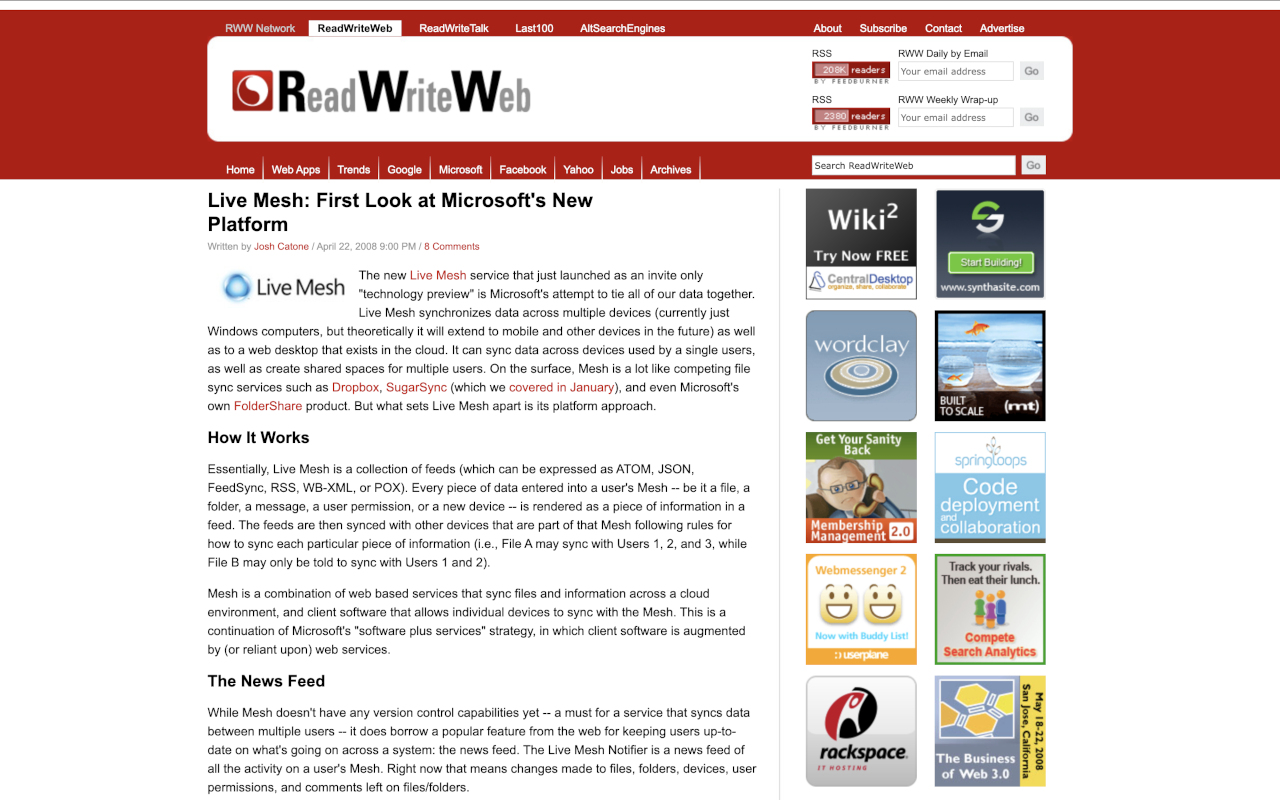
Josh’s Live Mesh story. And looks like we had a full plate of 125 x 125 sponsor ads that day!
Wednesday began with a 7:30 a.m. breakfast at Hotel Palomar, hosted by Web 2 Ireland, to which my friend Fergus Burns had invited me. The Irish government had paid for some of their local startups to travel to the valley, to promote themselves and meet the tech media. I was still doing monthly consulting for Fergus’s company, Nooked, and I always liked Irish entrepreneurs whenever I met them, so I was happy to come along.
But my mind was elsewhere that morning, as I would be meeting both CMP and ZDE later that day. I’d be having lunch with CMP and then dinner with Mike Azzara from ZDE. My main objective for the day was to try and get clarity from CMP on their offer—ideally, they’d give me a LOI, but Bernard had warned me that this might not happen. “They still seem a long way from a real deal,” he’d told me. “I think there maybe internal turmoil getting in the way.” As for ZDE, I just had to continue to hold them off while I waited on CMP.
After breakfast I went back to my room at the Mosser Hotel to psych myself up for the upcoming meetings. I messaged Bob, and after some back-and-forth, we arranged to meet at 11:30 a.m. at Momo’s, at the corner of Second and King. He’d booked a table for three—himself, Fritz, and me—so apparently Tony would not be coming. I had a couple of hours to kill, so I wrote up a couple of blog posts in my hotel room, rather than go to the expo.
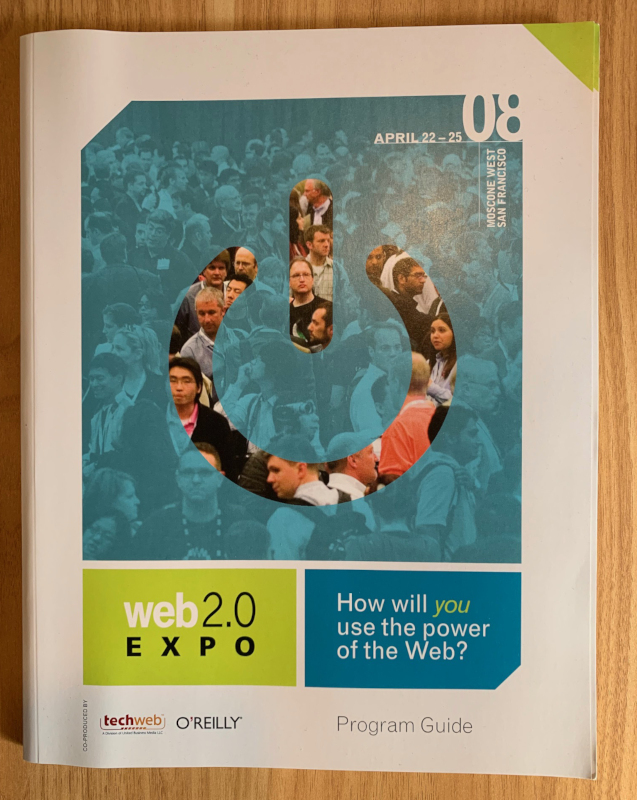
Web 2.0 Expo program guide.
Momo’s turned out to be right opposite the Giants baseball stadium. It served typical American grill fare, but I don’t remember what I ate. As usual, we had good camaraderie—I felt like they understood the direction I wanted to take RWW under the TechWeb banner. They knew how media worked in the age of the blogosphere, and they saw me as a key part of the Web 2.0 conferences going forward. Fritz was also keen on adding multimedia to RWW—his main job at TechWeb was to run its video productions—and I liked that plan too. In short, I really wanted to sell to these guys.
Unfortunately, there was still no LOI, and I quickly ascertained that I would not get any further clarity on the terms of the deal during this meeting. Even worse, it was intimated that the $5 million figure Fritz had presented to me less than two weeks ago was unlikely to be approved by head office. So, despite being on the same page as TechWeb philosophically, the negotiations had actually gone backward since I’d arrived in San Francisco. Fritz promised again that the LOI would be forthcoming—by Friday at the earliest, he said, or Monday at the latest.
Frustrated, I walked back to the expo venue and tried to think things through. Even though my preference was to go with CMP, the only firm offer I had was with ZDE. All CMP had offered this week were promises and prevarication. Earlier in the day, I had talked with Sean Ammirati, who was also at Web 2.0 Expo. He’d been out to dinner with Azzara the night before and had warned me to expect a hard sell to sign the LOI with ZDE.
I would have to make a decision, one way or another, by the end of this week. ZDE had reserved the option to take its offer off the table by Friday, April 28, so any further delay would risk both deals falling through. ZDE’s offer was reasonable, and despite not having the same warm fuzzies about ZDE as I had for CMP, I was almost certain I’d accept it on Friday if I hadn’t gotten an LOI from CMP by then. I resolved to apply pressure to Fritz to get something to me in paper by Friday—Monday just wouldn’t do.
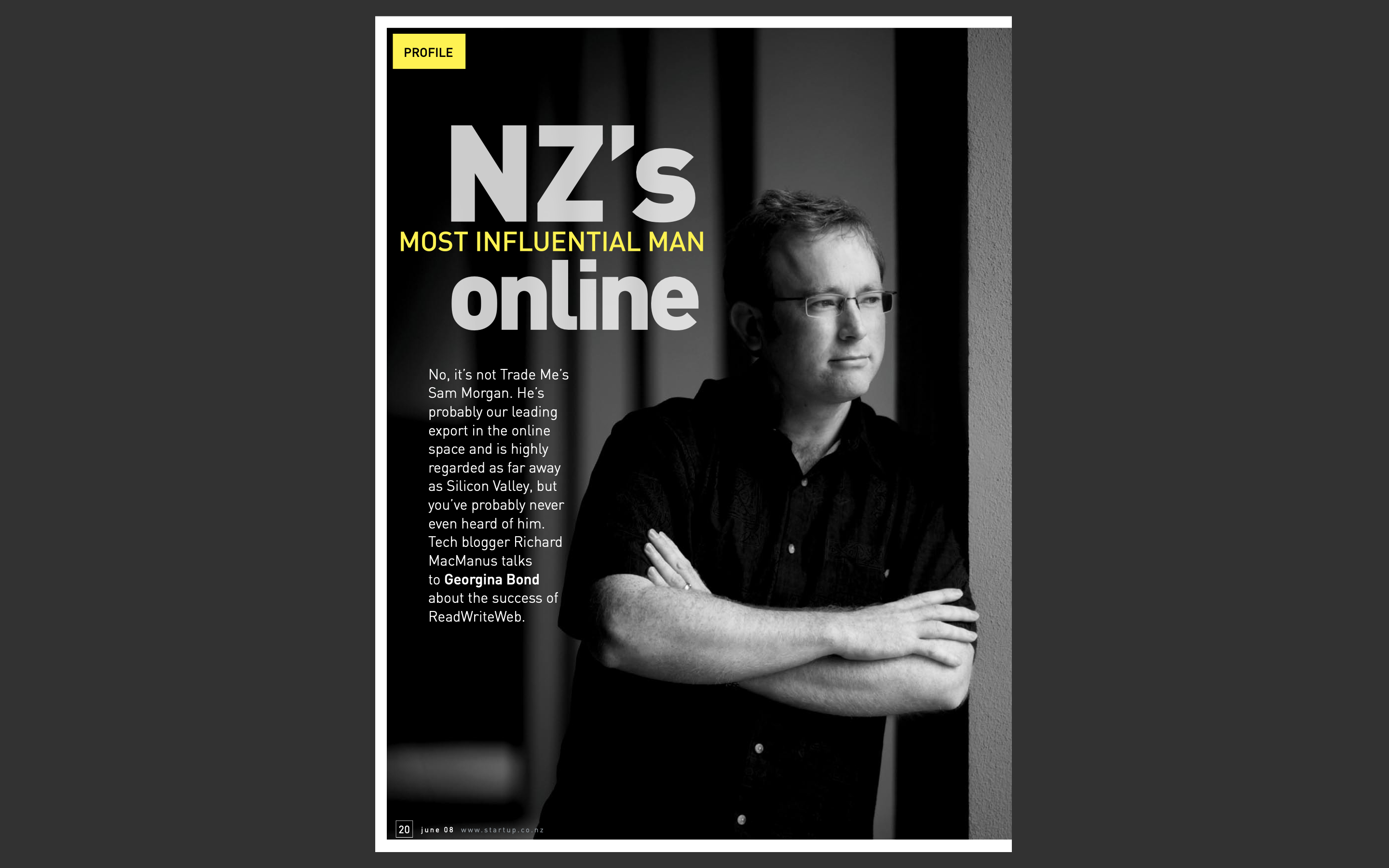
Just before I traveled to Silicon Valley in April 2008 for Web 2.0 Expo, I did a photo shoot for a local startup magazine.
Even though the situation was fluid and unsatisfactory, by the time of my dinner reservation with Mike Azzara I felt like I at least had a solid plan. As long as I got on with Mike and liked what I heard from him, and as long as he (a media industry veteran) didn’t think I was a complete amateur, then most likely I’d be signing with ZDE on Friday.
Lead image: Web 2.0 Expo trade show floor; photo by TopRank Marketing.
This post is part of my serialized book, Bubble Blog: From Outsider to Insider in Silicon Valley’s Web 2.0 Revolution. View table of contents.
Next up: 029. Dinner at Two, But With Which Acquirer?
Support Cybercultural
Cybercultural is a free newsletter, but you can also become a premium subscriber for £5 per month or £48 per year. Paid subscribers will receive the occasional bonus post, plus a thank-you mention in the paperbook book version of Bubble Blog.